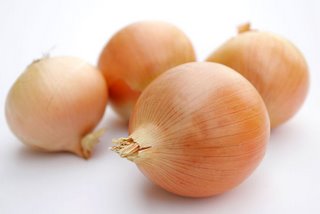Don't Buy Pre-Cut, Pre-Marinated Meat
If you want to make a stew, or kebabs, or a stir fry, don't buy pre-cut meat. Yes, it's convenient, but you'll be sacrificing both quality (meat surfaces deteriorate when exposed to oxygen) and control ("stew meat" is meaningless - you want to pick the specific cut that is best for what you're trying to make). You'll be paying much more for about 1 minute of cutting and a little bit of cleaning. So don't buy pre-cut meat. Just don't.
If you want to marinate your meat before cooking, don't buy pre-marinated meat from the supermarket. Yes, it's convenient, but you'll again be sacrificing both quality and control in your final dish. Moreover, you'll basically be buying water at several dollars per pound. Why's that, you ask? Well, some retailers use a "vaccum tumbler" to infuse the meat with whatever spices and liquids they include in the marinade. Then they charge you several dollars more per pound for the convenience of meat soaked in flavored water. So, for the same meat quantity, you pay extra per pound of meat for the "convenience" and then you have to buy the marinade back at the same price as the meat. Instead, make your marinade from scratch in five minutes, then put meat+marinade in a plastic bag in the fridge and let it soak up the flavor for as long as needed.
See this video, from the Ontario Pork Producers Marketing Board series on "value-added cutting", for all the inside details on the retailer's strategy. Direct quote: "I can tell you that by vacuum tumbling, you can expect a [weight] pick-up of anywhere from 10 to 20%. That means great money for your bottom line. In fact, you can expect in excess of 50% profit when you produce your [pork] in the fashion that I've shown you here today."
I prefer not to hand over my hard-earned money directly into the retailer's pocket. Thus I shop where my profit (e.g. my "consumer surplus", the difference between the value I get and what I pay) is maximized and the retailer's profit is minimized.
UPDATE: Consumerist links here, and posts the pork videos on YouTube:






